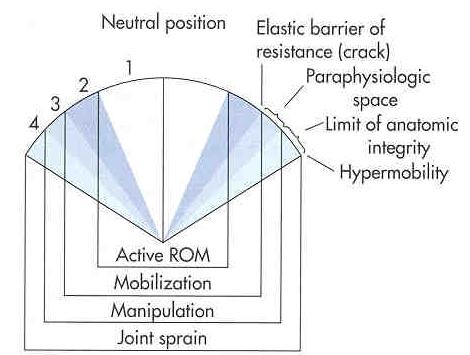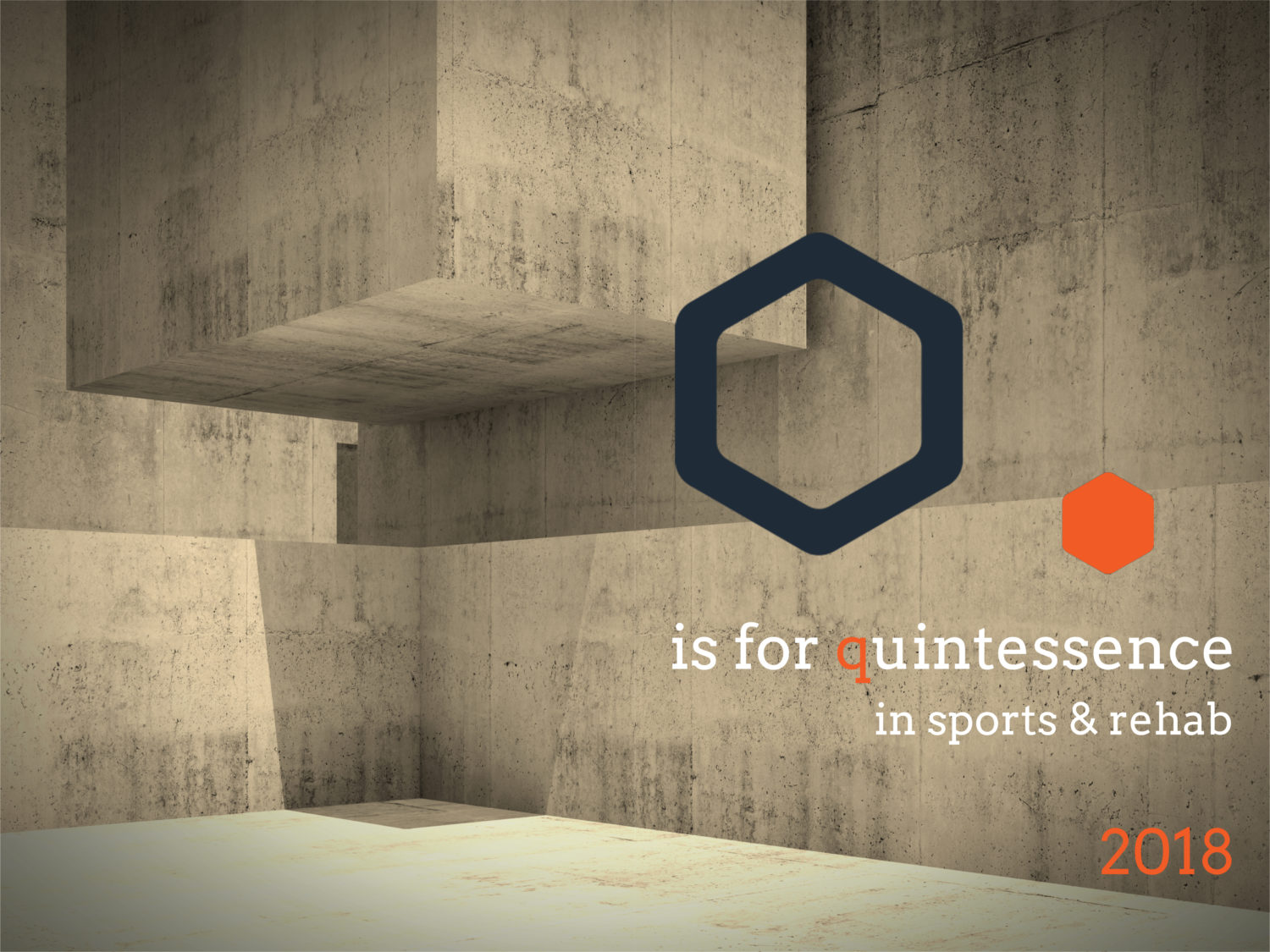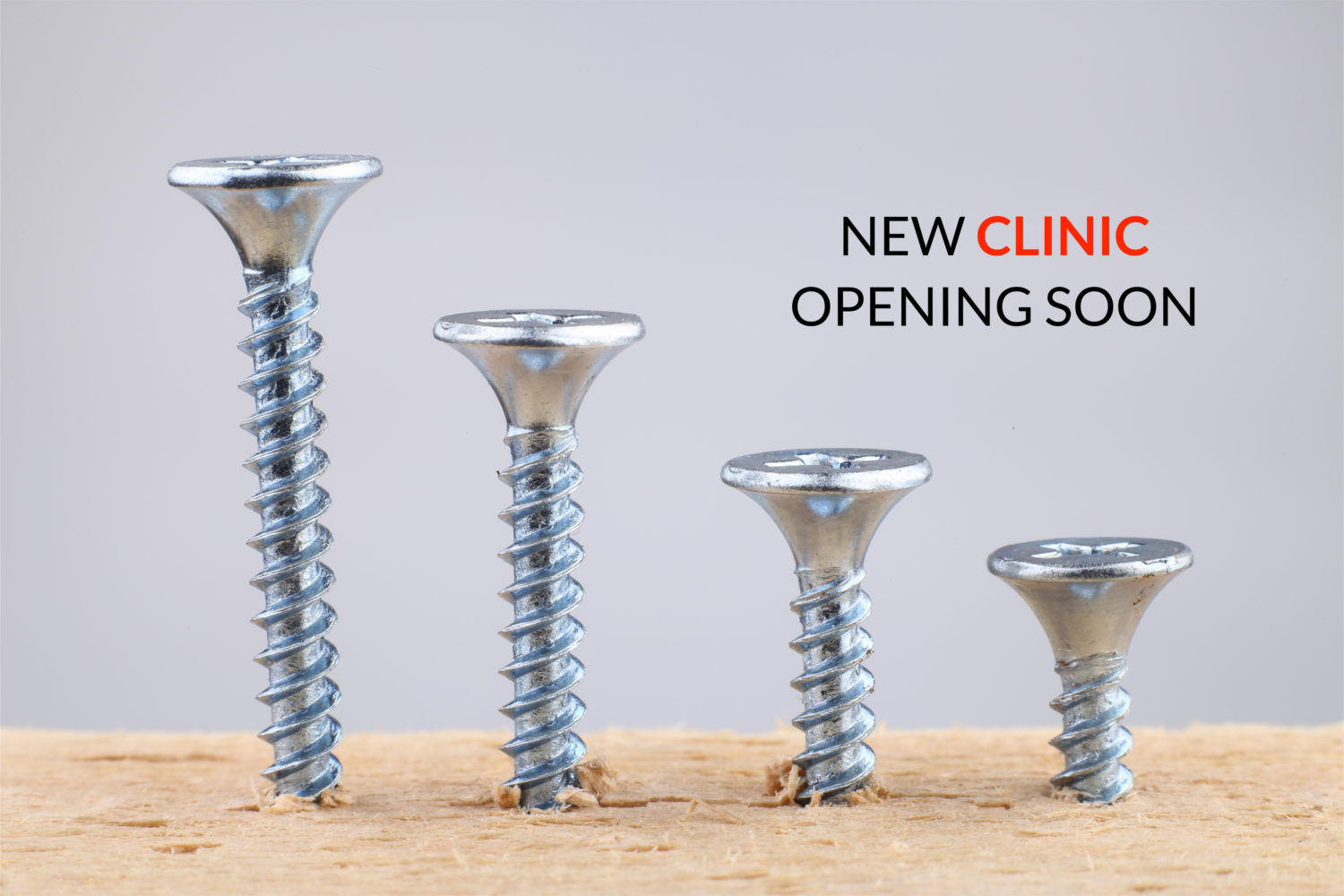I often get asked “is cracking your joints bad for you?” Before I provide an answer to this question please read the following article from the Vancouver Sun: www.vancouversun.com/health myths-cracking knuckles.
From a scientific point of view, there has been no evidence found that correlates “cracking knuckles” with arthritis. In fact, there is no evidence that any form of joint manipulation leads to arthritis in any joint. On the other hand, there is a growing evidence that joint manipulation decreases the progression of arthritic changes in the joints when it comes to osteoarthritis (OA). In fact, many OA patients experience relief of pain and symptoms from joint manipulation. This is because manipulation allows the joint to become more moveable/mobile and this subsequent improved mobility/functionality will decrease the pressure in the joint, thus, allowing the joint to become healthier and less inflammed.
According to the Vancouver Sun article a “major study published in the Journal of Manipulative and Physiological Therapeutics of 300 knuckle crackers found no connection between popping joints and arthritis. They did note that some habitual crackers suffered from over-extended ligaments and soft tissue damage.”
This last statement can be true. Joints can become damaged if they are pushed beyond their elastic barriers and anatomical integrity. According to Steven J. Karageanes’s Principles of Manual Sports Medicine 2005 (Page 14), the elastic barrier is a physiological limit of the joint, or the point at which all “slack” or tension has been passively taken out of the joint and surrounding muscle and ligamentous structures. Moreover, the anatomical barrier of the joint represents the limit to motion beyond which tissue damage occurs. Motions beyond the limit of anatomical integrity will result in a sprained joint. This can be tearing of ligaments, cartilage and joint capsule damage, avulsion fracture, etc, which will ultimately lead to joint instability. The diagram below (courtesy of chiro-online.com) summarizes these barriers in the joint.

- Zone 1-2: Active range of motion – Using your own muscles to actively move a joint
- Zone 2-3: Passive range of motion – Movement induced by someone else (characterized as mobilization)
- Barrier 3: Elastic barrier
- Barrier 4: Anatomical barrier
- Zone 3-4: Paraphysiological space (CONTROLLED chiropractic manipulation/adjustment – HVLA)
- Zone 4+: Joint DAMAGE (Instability)
What is a chiropractic manipulation?
Chiropractic manipulation (Grade 5) involves a CONTROLLED high-velocity-low-amplitude (HVLA) thrust into the paraphysiological space (between the elastic barrier and the anatomical barrier). In addition, the motion to induce manipulation of any joint is done in the most optimal biomechanical way specific to that joint so that there is the least possible potential damage. There is a very fine line between manipulating a joint successfully to decrease restriction and damaging a joint beyond its anatomical limit. In other words, you might be able to “crack” any joint but to “manipulate/adjust” it properly requires training. The word CONTROLLED manipulation is the key here. Chiropractors are highly trained in this as they have spent hundreds to thousands of hours training in manipulating the joints in the most effective and safest way.
So to answer the original question “cracking” your joint is not bad for you and will not lead to arthritis. In fact, there are many benefits of a safe controlled manipulation if done right by a professional.
What is the bottom line:
- Don’t crack your joint if you don’t know what you’re doing. You can damage the joint.
- Don’t let other non-professionals adjust you.
- “Cracking” does not lead to arthritis.
- Consult your chiropractor for adjustments.
Please SHARE this article if you find it useful to help spread knowledge and understanding!






